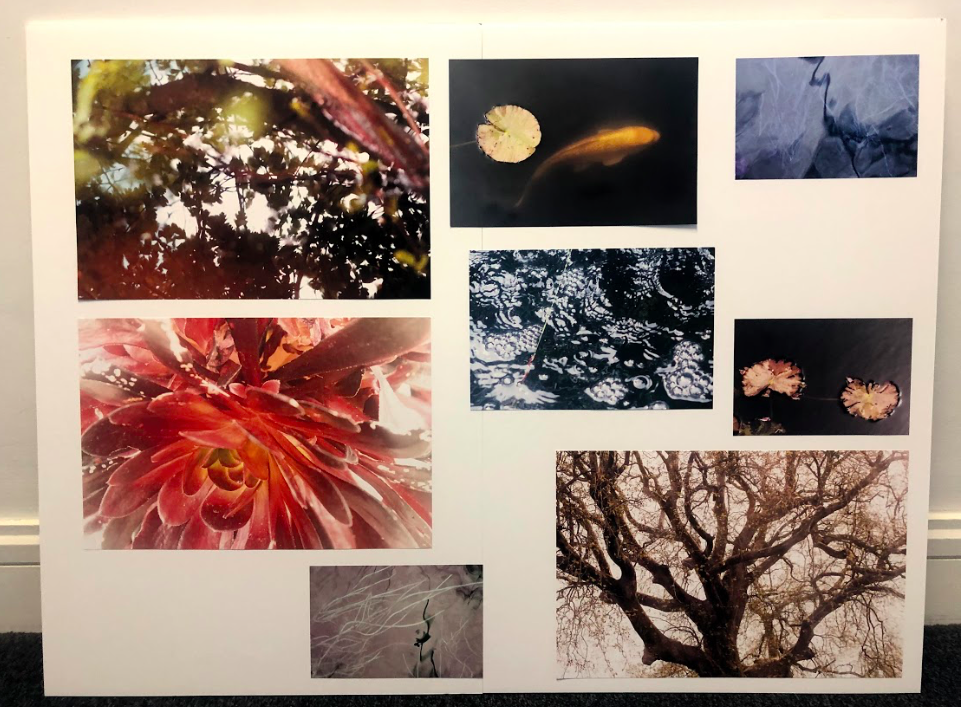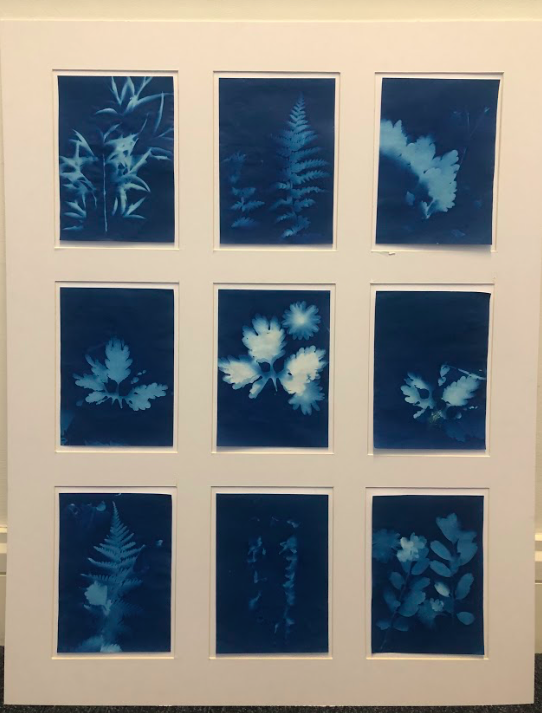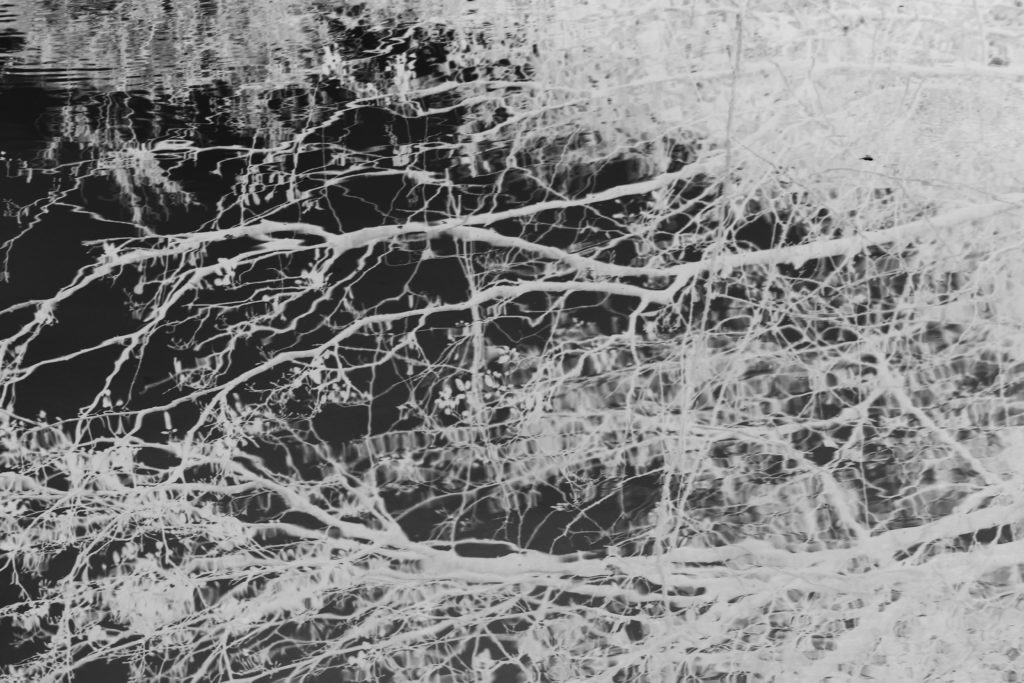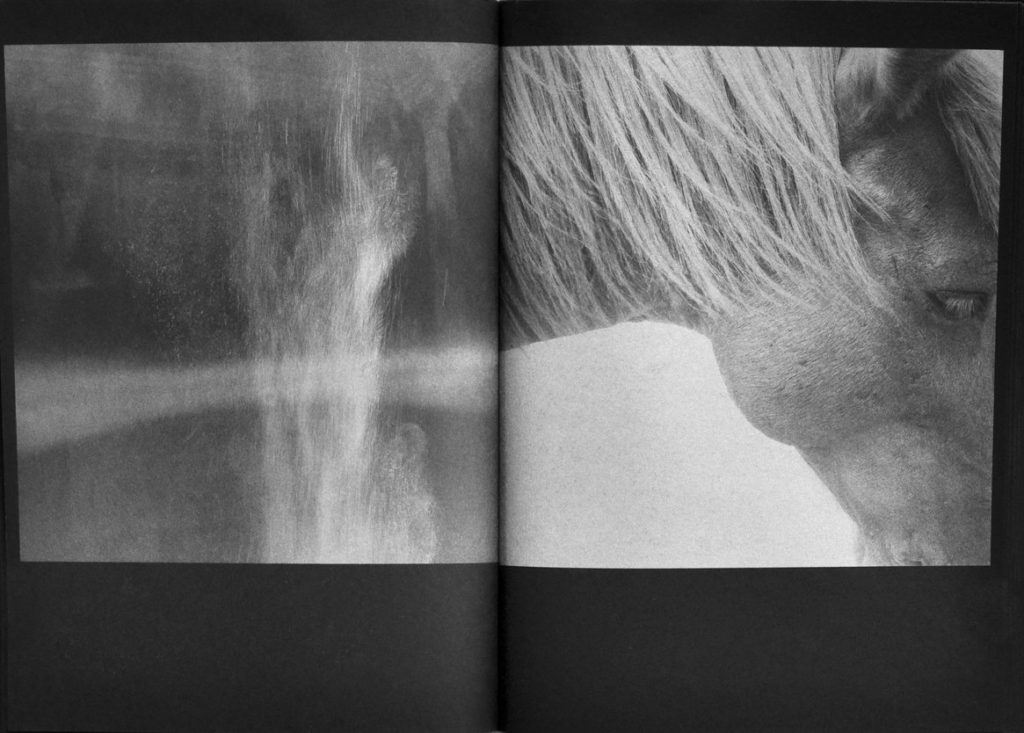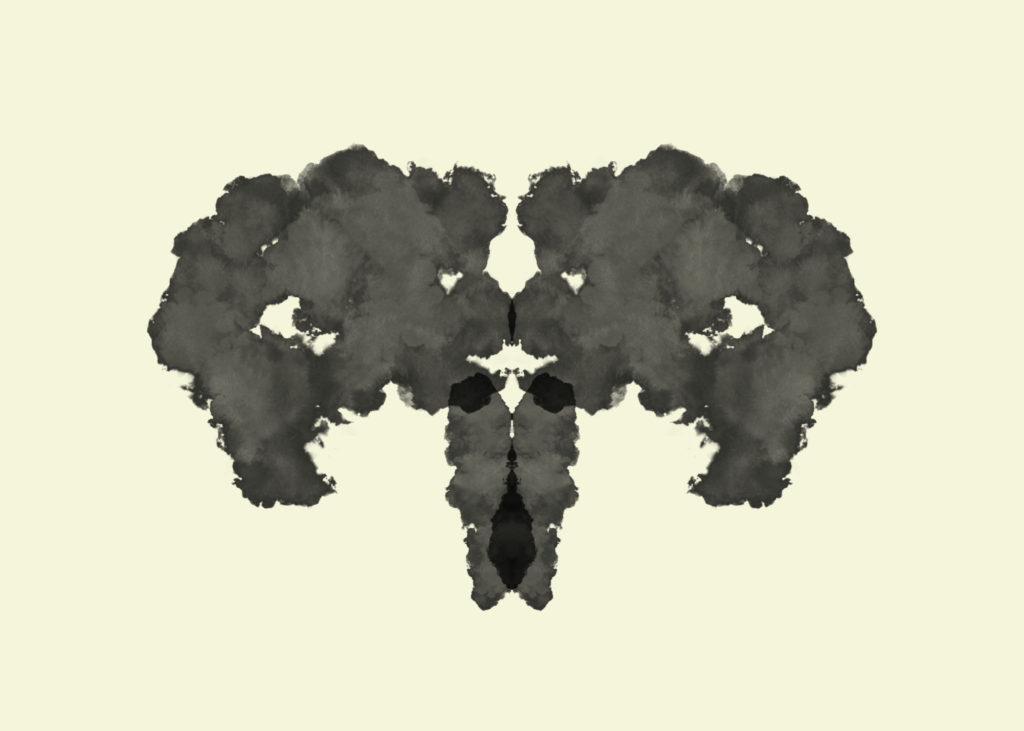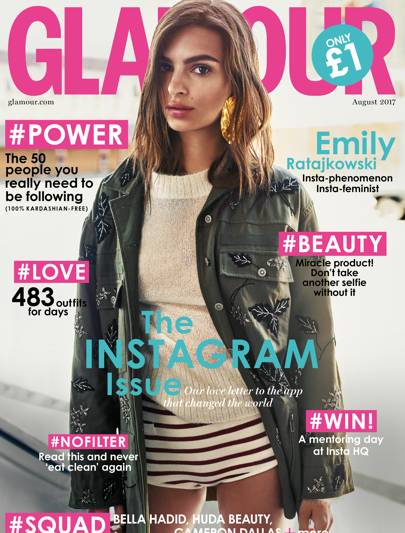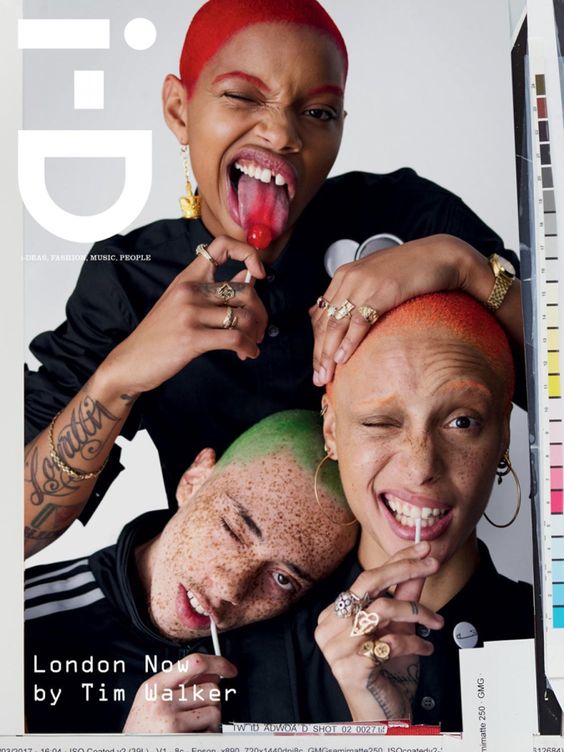I started experimenting with different layouts that I could display my final prints as, arranging the photos digitally. I found the by doing these experimentations I was able to try different pairings and combinations to plan what do when I framed my images. I experimented with pairing two images together to se what they would look like displayed, and also all my images together to see which ones look the best. I also found the artist Alexander Mourant to take inspiration from when racing my cyanotypes.

I thought that these two images worked well together as the warm tones in them both links them together. I also like how the they are both centered as the compositions complement each other. To me, the bottom image is the most powerful and stand out more than the top image through the bright natural red colour and the light yellow centre. This yellow connects to the top image, as it has yellow/brown tones throughout. However I think that this combination of images doesn’t show the audience enough about m project, because of this i won’t use this layout to frame my final prints.
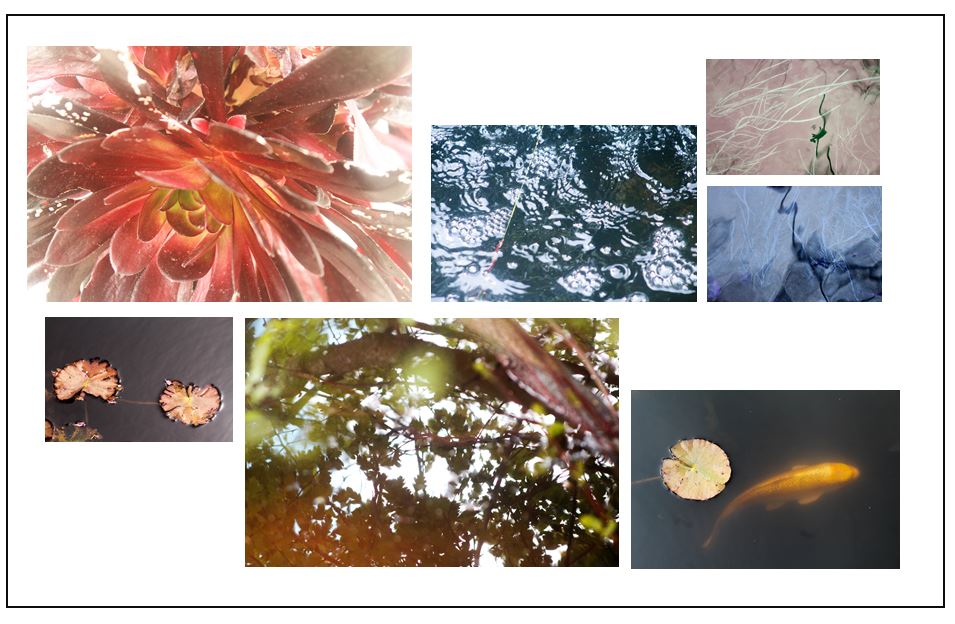

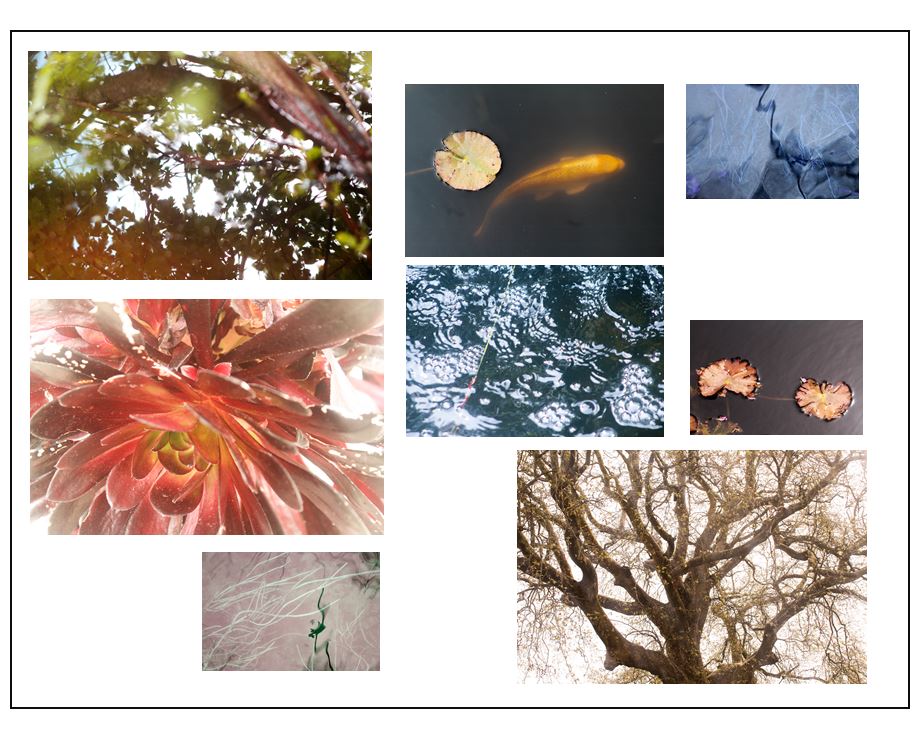
I think that by displaying my images all together on a board, the audience gets to look at the different aspects of nature i have explored, and an idea of what is inside my photobook. I placed the A3 images near the edges of the frame and fitted the A4 and A5 ones around the as I think this makes a good layout. I placed the A4 images of the koi fish and the bubbles next to each other as I think they make a good pair, where the textures contrasts to one another, but is still linked through the subject of water. I displayed two of the A3 ones together on the top left of the frame as I also think these two complement each other, through the warm tones and emphasis on light. I placed the A5 photos where I have manipulated the colours (blue and pink) near the edges of the frame as I think that spacing them out makes them more effective as images then together.
Alexander Mourant

I am taking inspiration from the photographer Alexander Mourant and the way he displays his photography in grid format. I also want do this with the photograms i produced, displaying 9 of them together. I think this will be effective as it presents them in a way that they can be contrasted against one another, but still shows the variation and similarity between them. I think this also links to the scientific background of cyanotypes when I display them precisely. When I do this I want to make the cyanotypes coming off of the page slightly, to give them a more personal and authentic look, rather than placed flat against the background. I also want there to be a frame around them so will leave space between the outside of the cyanotypes and the frame board I will cut in a grid format, so thats there is a white space separating them. This will also makes them seem as though they coming off the display.
Final Prints
